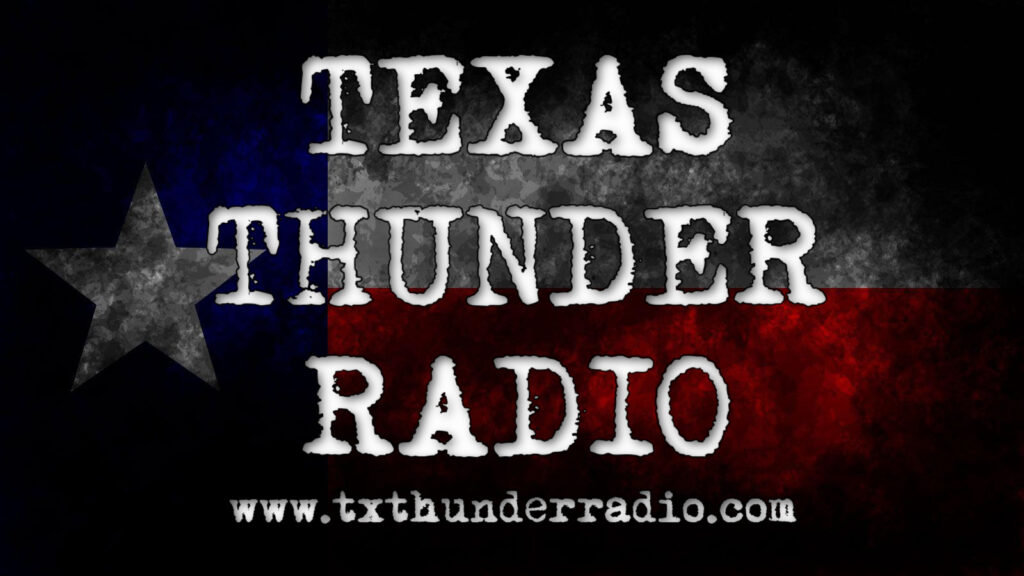 Courtesy North Star Camp for BoyBY: RYAN SHEPARD, ABC NEWS
Courtesy North Star Camp for BoyBY: RYAN SHEPARD, ABC NEWS
(NEW YORK) — As the school year begins under the cloud of COVID-19 that has closed many schools across the country, students and parents have struggled to cope with remote learning. One summer camp in northern Wisconsin has an innovative solution: fall camp.
North Star Camp for Boys was one of the very few sleepaway camps in the country to successfully open and operate a full two-month summer program, doing so without a single COVID-19 case. It did it by creating a “bubble” for all campers and staff with regular testing and tough, strictly enforced COVID-19 protocols.
Summer is over, but owner and director Andy Shlensky is creating that same bubble for the first six weeks of the school year.
“The idea is, rather than getting stuck in your basement, doing remote schooling and having the option to go from your Google classroom to your Netflix to your Fortnite, we will provide a space so that when you’re on breaks, you can do camp,” Shlensky told ABC News. “We’re going to hold these guys accountable to their school schedules. But as soon as they’re complete, they can go climbing and waterskiing and shoot hoops.”
A third of the cabins have been made into classrooms, but Shlensky says he will strongly encourage the student campers to work outside at picnic tables, Adirondack chairs and docks. “We’re using hotspots in order to create classrooms anywhere that the boys feel comfortable. Rather than being in their basements, let them be sitting next to the lake with their headphones on,” he said.
Tom Rosenberg, president and CEO of the American Camp Association, said North Star’s effort to combine camp and virtual learning this fall is “pretty unique.”
“What’s great about it is that these young people attending fall camp are going to have the opportunity to learn experientially and kinetically when they’re not engaged academically online with their teachers back home,” he said.
Many day camps are providing space and support for remote schooling, said Rosenberg, “so parents get to go to work and [kids] can go to a local JCC or YMCA for online learning” and other activities.
But as an overnight camp, North Star, located near Hayward, Wisconsin, will provide kids with a measure of independence, particularly treasured, Rosenberg suggested, in the age of COVID-19 quarantine.
“When they were sheltering in place for 15 weeks at home, did we let them go out and explore the world? No,” he said, “Here,” he added, “they will be Zooming in to school. But for the rest of the day, fall camp is an opportunity to try hard things and be adventurous.”
Shlensky said he got the idea for the fall program in July as he saw that the bubble he created for the summer was succeeding in keeping out COVID-19.
The author’s son was a North Star counselor and he saw how rigorously that bubble was constructed. All campers and staff were required to quarantine for two weeks before coming to camp and get tested in the week before arriving. Then, during the first two weeks there, campers and their counselors were restricted to a cohort (their cabin group), with testing on day five and again on day 14.
Restrictions on interacting with other campers were then gradually lifted. But other protocols remained. “Our staff worked hard,” said Shlensky, “to adjust to new norms of masking and social distancing and doing everything that could be done outside to reduce transmission.” Even camp logistics followed the tough rules. Deliveries such as food boxes were sanitized, left outside and the contents emptied before they came into the kitchen area.
Shlensky plans to operate fall camp with the same rigorous protocols in place. He will take a maximum of 100 boys in grades 5 through 10. The program starts Sept. 12 and runs until Oct. 25.
Other camps have been inquiring about the “fall camp” idea, but Shlensky believes he was the first.
“As soon as we put this out there, I’ve been hearing from everybody. I’ve never gotten so many calls from camp directors,” Shlensky said. Yet, so far, according to the ACA, only one other sleepaway camp is attempting this remote-learning concept,
Rosenberg said that about 19.5 million kids who normally would attend sleepaway camps stayed away this summer and only 18% of such camps opened. The same reasons that shuttered those businesses explain why so few are trying fall camp. He cites the “required investment” to create a successful bubble, concerns raised by the uncertain dynamics of the COVID-19 threat, including new waves of infections late in the summer, and the patchwork of COVID-19-related rules for businesses like camps that can vary from state to state and even by county.
Shlensky is still taking applications for fall campers. The program’s $9,750 price may be a deterrent, although Shlensky says financial aid is available. But, he says he has a full staff of 50 counselors already signed up. He had a large pool of candidates for those jobs. The pandemic, he says, has put an estimated 40,000 outdoor educators out of work.
Rosenberg sees the North Star effort to blend camp and school, summer and fall, as part of an expanded view of learning.
“I’m eager to see more partnership between out-of-school time and in-school time,” Rosenberg said. “Summer learning is more experiential and kinetic. But kids need all kinds of learning.”
This fall camp idea, he says, contributes to “a year-long learning landscape.”
Copyright © 2020, ABC Audio. All rights reserved.



Comments are closed.